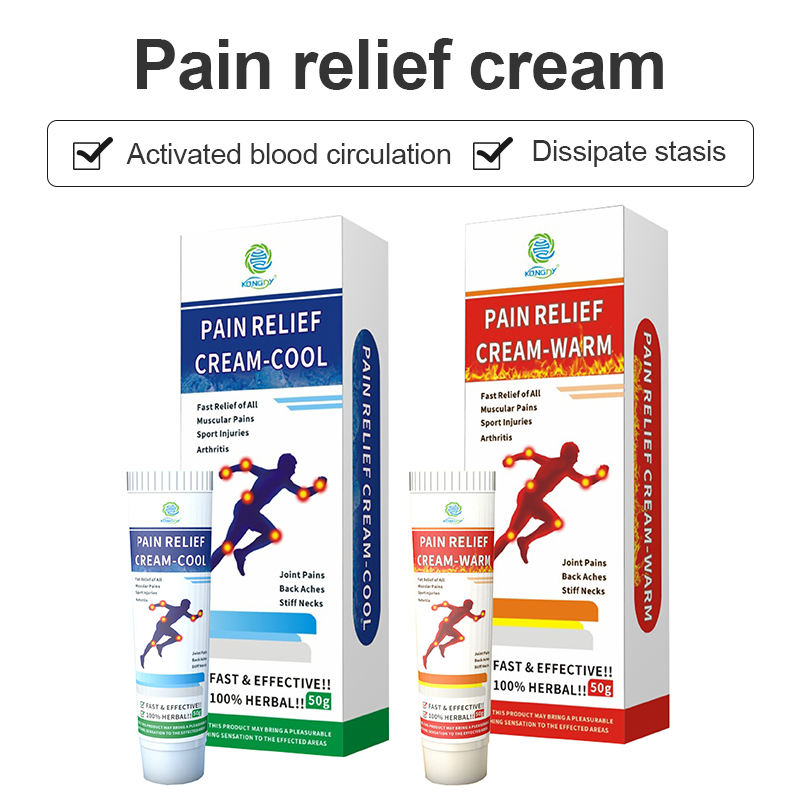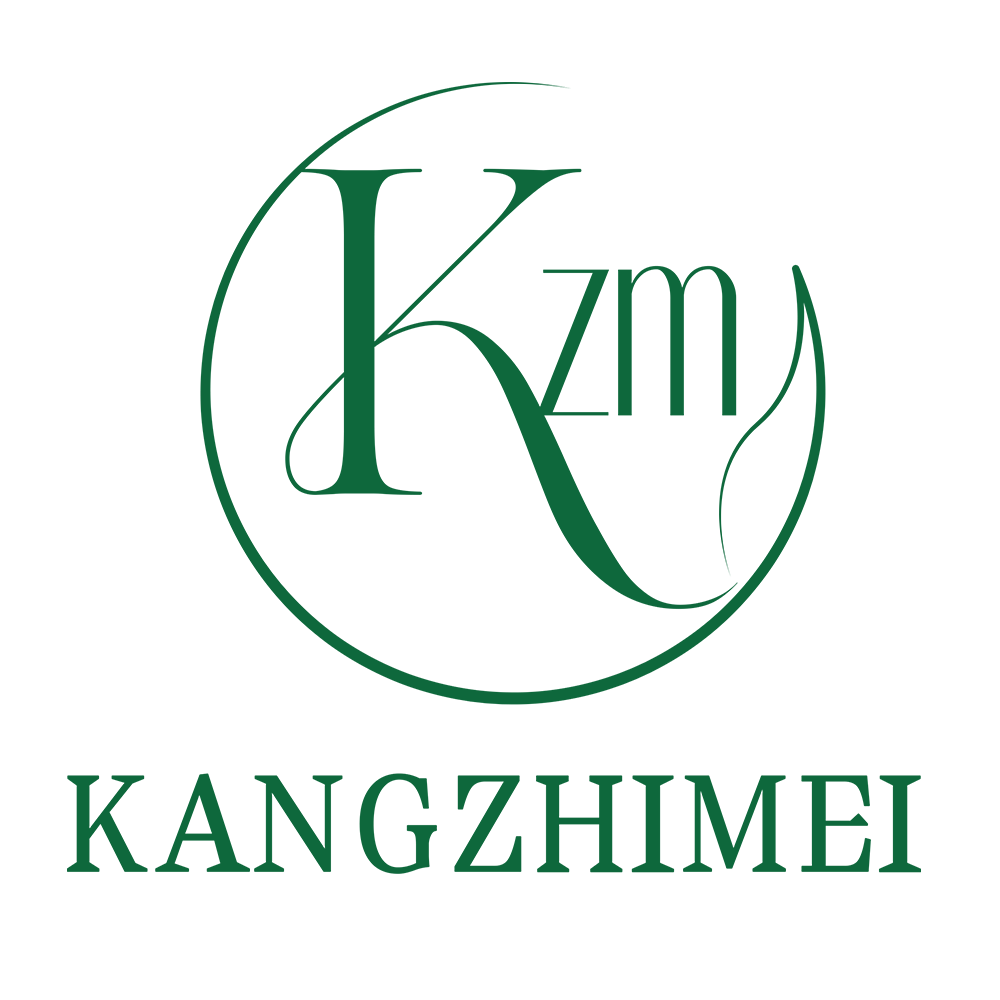The production of pain relief creams is a complex process that requires specialized knowledge, cutting-edge technology, and strict adherence to quality standards. This article takes you behind the scenes of a pain relief cream factory, exploring the intricacies of manufacturing these popular topical analgesics and the role of manufacturers in bringing these products to market.
- The Modern Pain Relief Cream Factory
Today’s pain relief cream factories are far from the simple production lines of the past. These facilities are high-tech operations that combine pharmaceutical-grade equipment with rigorous quality control processes. A typical factory may include:
Research and Development Labs: Where new formulations are created and tested.
Clean Rooms: Sterile environments for mixing and processing ingredients.
Production Lines: Automated systems for mixing, filling, and packaging.
Quality Control Labs: For testing raw materials and finished products.
Warehousing Facilities: Temperature-controlled storage for ingredients and finished goods.

- Key Stages in Pain Relief Cream Manufacturing
Ingredient Sourcing and Testing
The manufacturing process begins with sourcing high-quality ingredients. These may include active ingredients like menthol, capsaicin, or salicylates, as well as base ingredients such as emollients and preservatives. Each ingredient undergoes rigorous testing to ensure purity and potency.
Formulation and Batch Preparation
Chemists and pharmacologists work together to create the cream formulation. This involves precise measurements and careful consideration of how ingredients interact. Once the formula is finalized, a batch sheet is prepared with exact quantities for large-scale production.
Mixing and Homogenization
Ingredients are combined in large mixing tanks. The process often involves heating and cooling cycles to ensure proper ingredient integration. High-speed homogenizers are used to create a smooth, uniform consistency.
Quality Checks
Throughout the production process, samples are taken for quality testing. This includes checks for pH levels, viscosity, and the concentration of active ingredients.
Filling and Packaging
The finished cream is transferred to a filling machine, which dispenses precise amounts into tubes or jars. These containers are then sealed, labeled, and packaged according to brand specifications.
Final Quality Control and Release
Before release, the finished product undergoes final quality checks, including stability testing and microbiological analysis. Only after passing all tests is the batch approved for distribution.
- The Role of Manufacturers in Product Development
Pain relief cream manufacturers do more than just produce the final product. They often play a crucial role in product development:
Formulation Expertise: Manufacturers can suggest improvements or alternatives to enhance product efficacy or stability.
Regulatory Compliance: They ensure that all products meet FDA or other relevant regulatory standards.
Packaging Innovation: Manufacturers may recommend packaging solutions that improve product shelf life or user experience.
Scale-up Solutions: They help brands transition from small-batch production to large-scale manufacturing.
- Challenges in Pain Relief Cream Manufacturing
Manufacturers face several challenges in producing high-quality pain relief creams:
Ingredient Stability: Ensuring active ingredients remain stable and effective throughout the product’s shelf life.
Consistency: Maintaining product consistency across different batches and production runs.
Regulatory Compliance: Keeping up with changing regulations in different markets.
Environmental Control: Maintaining optimal temperature and humidity levels during production and storage.
Customization: Meeting diverse client needs while maintaining efficiency.
- The Future of Pain Relief Cream Manufacturing
As consumer demand for natural and more effective pain relief solutions grows, manufacturers are adapting their processes and capabilities. Some emerging trends include:
Integration of nanotechnology for enhanced ingredient delivery.
Adoption of green manufacturing practices to reduce environmental impact.
Implementation of Industry 4.0 technologies for improved efficiency and quality control.
Development of customizable formulations to meet individual consumer needs.
In conclusion, the manufacturing of pain relief creams is a sophisticated process that combines scientific expertise with advanced technology. As the industry continues to evolve, manufacturers will play an increasingly important role in driving innovation and ensuring the delivery of safe, effective products to consumers worldwide. Their ability to adapt to changing market demands and regulatory requirements will be crucial in shaping the future of topical pain relief solutions.






